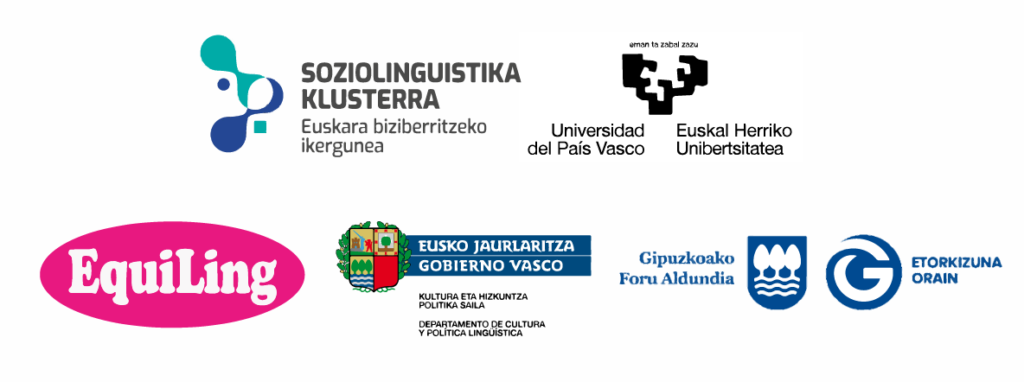Throughout the research process a large amount of material was compiled in the form of photographs, audios and videos. There was not room for all this material. We have therefore created a repository, where the material we could not include in other sections of the website can be found.
Here, testimony related to the main ideas arising from the central thread of the research can be heard and seen. We believe they may complement the analysis.
Video: #1
Duration: 01.57
Clubs appear as living beings, changes occur constantly and adapting to them is considered essential. In harmony with society, historical times and internal movements, clubs move forward.
Video: #2
Duration: 01.50
Looking back, historical perspective… gives the club a meaning. We can look to the future because there is a past. That is why links between different generations are of particular importance, because the path taken is revealed.
Video: #3
Duration: 01.33
The club can be imagined as a big family, which includes different generations. Members are engaged in a variety of tasks at different times but always feeling part of the group. Veterans, for example, want to contribute and have fun at the club.
Video: #4
Duration: 01.06
Sports competition is tough, there can be difficult moments but when achievements arrive, emotions explode and the celebration takes over everything. These memories become a milestone, in the club or in people’s lives.
Video: #5
Duration: 01.25
Reciprocity seems to be the fuel of clubs. Anyone who participates in the club sums up the efforts of those who work there, and this creates a sense of indebtedness. They say the involvement can be contagious.
Video: #6
Duration: 00.56
Club spaces are also important; besides being meeting places, they are part of history and stories.
Video: #7
Duration: 01.47
Clubs and local initiatives often join forces, sharing goals and pooling their efforts. Where does the club begin and where does the town begin?
Video: #8
Duration: 00.49
Clubs are a gathering place for many athletes, but above all, unity among people is essential for the club to progress. Mutual encouragement helps strengthen these bonds.
Video: #9
Duration: 01.44
Values are another way to represent the club. They show the subjective and emotional dimension of clubs. Inner life of clubs.
Video: #10
Duration: 00.36
The sports team takes the shape of a circle.
Video: #11
Duration: 00.09
Emotions are also present in the training sessions, fueling daily routines.
Video: #12
Duration: 00.27
Bodies struggling, immersed in water.
Audio: #1
Duration: 01.09
Even in sports, identity has a particular relevance. Symbols and rituals fuel the desire to belong to a group. In the sports field, colors are usually distinctive and serve to strengthen and express the character of the team.
Audio: #2
Duration: 01.09
Clubs need to appear as a group and as a collective. An initiative that will unite all members can be helpful to nurture relationships and, in a good atmosphere, to show the club as a unique body.
Audio: #3
Duration: 01.22
Daily work and routines “build up” the club: continuous organization, coordination and the management of unexpected tasks. The countless activities that remain invisible support what we call sport.
Audio: #4
Duration: 00.31
Body movement, speed, technique or strength are elements that emerged in sports, but fundamentally values, relationships and reciprocity sustain them. Rugby can be a school for life.
Audio: #5
Duration: 00.47
Sport is team work, and team work sustains sports performance. That is why the goal is often to create and maintain the team. A team that starts and finishes the season. Strong teams are the roots of clubs.
Audio: #6
Duration: 02.41
The work of the club remains in the hands of the coaches, as well as its image. That’s why their selection is one of the most difficult tasks for clubs. A lot of attention is paid to the selection process and the monitoring of their tasks.
Audio: #7
Duration: 00.46
The club’s external communication also requires management. Languages are at the center of this and it has to be decided what to express in Basque and what in Spanish.
Audio: #8
Duration: 00.46
Basque also appears as an external force and the desire to fit in with the context encourages bilingualism. But what can the clubs do to become an agent in the context?
Audio: #9
Duration: 00.48
Basque is represented as a connection between people. It causes closeness and activates relationships. But language can also be experienced from a distance, how to act in these cases?

